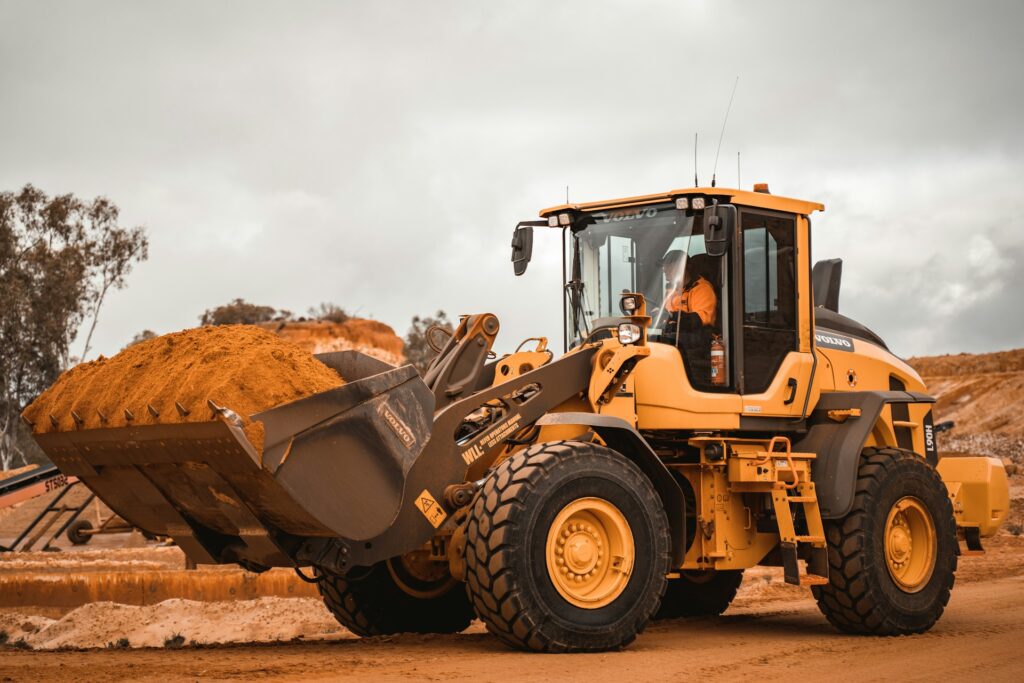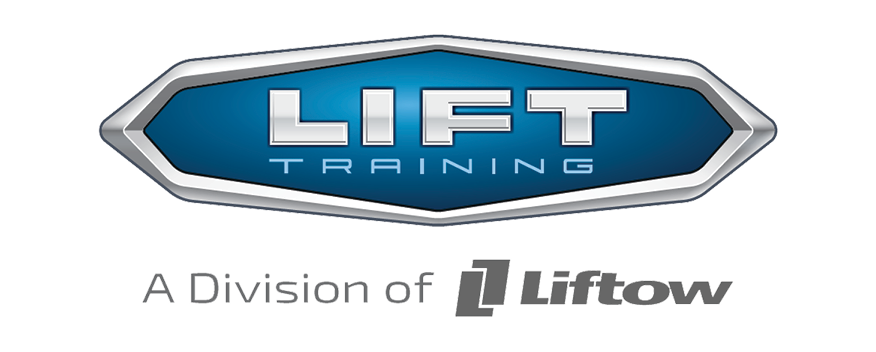
Operating a front end loader involves a great deal of responsibility, especially for new operators stepping into such roles in Ontario. These powerful machines are a staple in various industries, from construction sites to large warehouse operations. Their ability to move heavy materials quickly and efficiently makes them indispensable. However, with great power comes the need for proper training to handle them safely and effectively.
For new operators, understanding the basics of front end loader operations and the importance of proper training can’t be overstated. This isn’t just about compliance; it’s about creating a safe work environment while maximizing productivity. The right training ensures operators understand the intricacies involved, thus preventing accidents and boosting operational efficiency.
Understanding Front End Loader Basics
Before diving into the driver’s seat, a solid grasp of a front end loader’s components and functions is key. This heavy equipment consists of a cab for the operator, a large bucket for scooping materials, and hydraulic lifts to maneuver heavy loads. Familiarity with these parts helps operators safely control the machine.
Learning the basics involves understanding how each component works, such as how the hydraulics help lift and dump loads, or how the controls inside the cab dictate each movement. It’s like getting to know your car before hitting the open road — once you know where all the important controls and gauges are, driving becomes second nature.
To start with front end loader basics:
– Familiarize yourself with the dashboard controls and their functions.
– Understand how to operate the bucket for loading and digging tasks.
– Learn the importance of balance and weight distribution when carrying loads.
– Focus on the functionalities of the hydraulic system for smooth operations.
By investing time in learning these fundamentals, operators ensure smoother operations and fewer mishaps. Mastery over the machine leads to safer operation and can make even the toughest tasks manageable.
Safety Precautions and Best Practices
Safety on site is everyone’s responsibility, especially for those handling front end loaders. Knowing key safety protocols minimizes risks and keeps operations running smoothly.
First and foremost, always conduct a pre-operation check. Ensure that brakes are functioning correctly, fluids are topped up, and all controls are responsive. These checks prevent minor issues from becoming major safety hazards. It’s similar to checking your car’s oil and tires before a lengthy road trip — a few minutes of checking under the hood can save a world of hassle.
Moreover, while operating the loader, maintaining clear visibility is crucial. Operators should keep the windshield clean and wipers in good condition, especially to handle Ontario’s varied weather conditions.
To dodge common mistakes:
– Always wear a seatbelt while operating.
– Keep a slow, steady speed when navigating around corners or on uneven terrain.
– Be mindful of blind spots when maneuvering around other equipment or workers.
– Communicate with on-ground personnel using hand signals to ensure everyone is aware of movements.
These practices help in creating a safer environment and ensure that each day at work is productive without unforeseen accidents. Understanding and applying these principles is a mark of a proficient front end loader operator.
Practical Training Tips for New Operators
Getting hands-on experience is one of the most effective ways for new operators to build confidence and competence with a front end loader. Think of it like learning to ride a bike—reading the manual helps, but it’s the actual practice that makes you proficient. During training, focus on these key areas to master the basics:
1. Starting the Engine and Controls: Begin by practicing how to start and stop the loader smoothly. Familiarize yourself with each control, understanding its role in operating the loader.
2. Bucket Operation: Practice lifting and lowering the bucket with precision. Try loading different materials to get a feel for handling various weights.
3. Mobility and Maneuvering: Work on driving forward and backward, making sure to navigate around obstacles. This will help you gain confidence in tight spaces.
4. Load Management: Practice balancing loads to avoid tipping over. This involves slowly increasing the weight you handle as you get more comfortable.
5. Signalling and Communication: Use hand signals or radios to communicate your movements with others on site. It’s crucial for maintaining safety when several people are working around you.
Practical experience, accompanied by supervision from experienced operators, ensures that new operators can safely perform tasks and respond to situations effectively.
Navigating Ontario’s Regulations on Operator Training
Before operating a front end loader in Ontario, it’s important to understand specific training requirements and regulations. The province has established guidelines to ensure that operators are well-prepared and qualified, safeguarding both the workers and the public. To stay compliant with Ontario’s strict standards:
– Complete Required Certifications: Make sure you have the necessary certifications that verify your competence in operating heavy machinery.
– Stay Updated with Refresher Courses: Participating in ongoing training ensures you are aware of the latest safety protocols and operational techniques.
– Adhere to Workplace Safety Protocols: Follow all local safety regulations, including wearing personal protective equipment and participating in safety meetings.
– Maintain Accurate Records: Keep detailed logs of your training and certifications to provide proof of compliance when necessary.
Following these protocols not only meets legal requirements but also contributes to a safer job environment, reducing the likelihood of accidents.
Keeping the Learning Going
Even after achieving initial certifications, continuous learning plays a key role in becoming a proficient front end loader operator. This ongoing process helps you stay updated with the latest technology and safety practices. To foster a culture of continual improvement:
– Engage in Advanced Training: Seek out additional courses that offer advanced skills and insights into new technologies related to loader operations.
– Participate in Workshops and Seminars: Attend industry events to learn about innovations and network with other professionals.
– Review Instruction Manuals Regularly: Revisiting the manuals can reinforce your understanding of the machine’s functions.
By committing to further training, operators can remain competent and prepared to tackle any challenge that arises in their daily tasks.
Equip Yourself for Success with the Right Training
Beginning a career as a front end loader operator presents unique challenges and opportunities. Emphasizing the importance of comprehensive training at every stage ensures you can tackle these challenges effectively. With a strong foundation in safety, regulatory knowledge, and practical skills, operators are better equipped to thrive in their roles.
Investing time and effort into mastering these skills not only enhances professional growth but also contributes positively to workplace safety and productivity. Keep learning and developing your skills, and you’ll find yourself advancing steadily in this rewarding career path.
To truly excel in your role as a front end loader operator in Ontario, investing in comprehensive training is a smart move. At LIFT Training, we offer programs that help you hone your skills and meet all certification requirements. Learn more about front end loader training in Ontario and equip yourself with the right tools and knowledge to succeed in this vital role.
